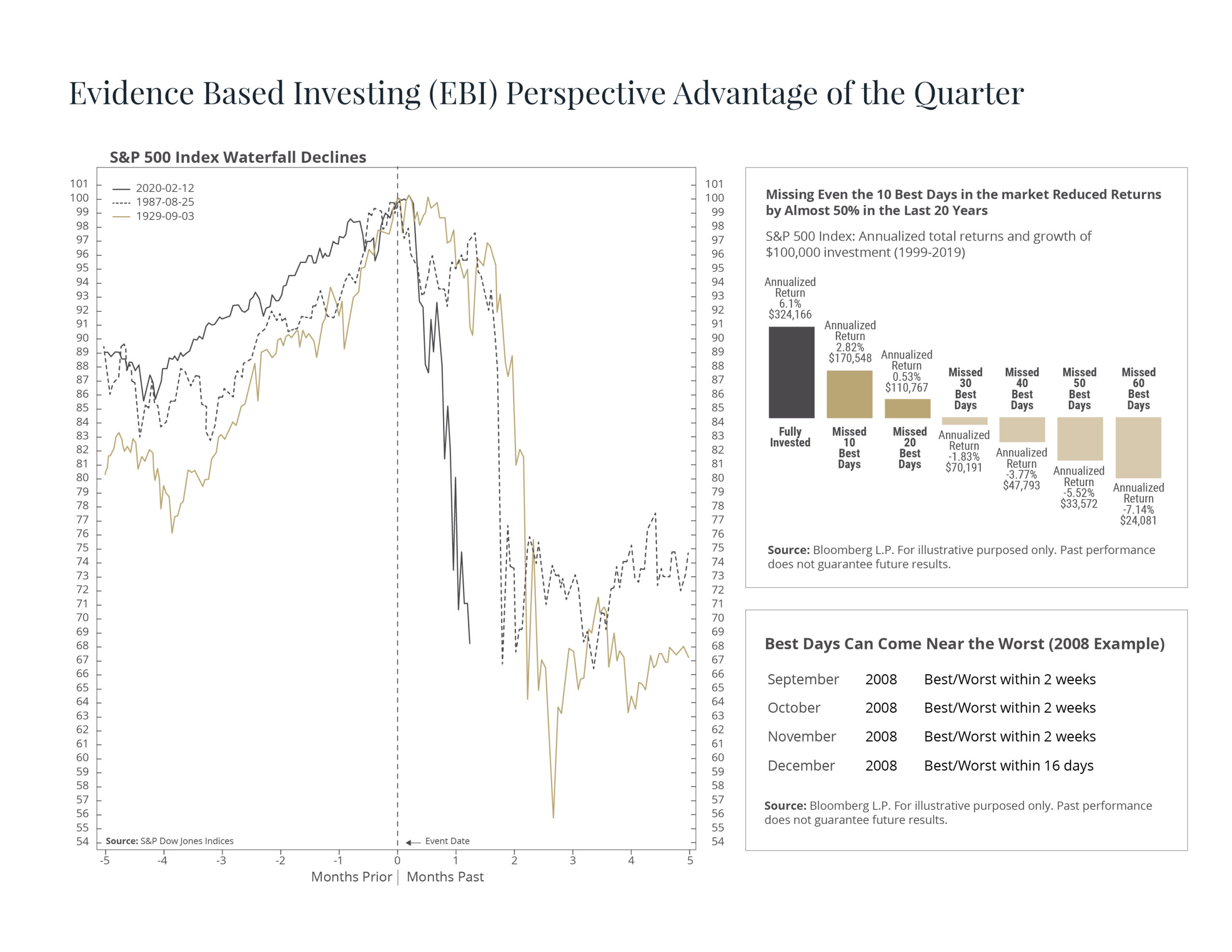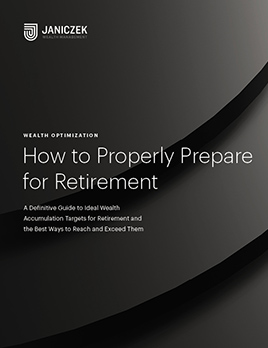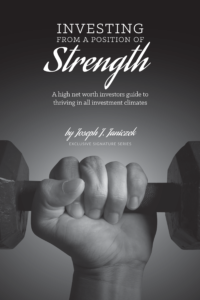03
What’s your Investment Outlook?
For your benefit, we compiled and organized some of our most relevant and timely investment portfolio management resources right here for your review. While you may hire one of our portfolio and investment management experts to handle such details, it never hurts for you to become more aware of the concepts, tools and techniques used to navigate volatile investment periods. Just click on topics of interest.
- “History provides a crucial insight regarding market crises: they are inevitable, painful and ultimately surmountable.”- Shelby M.C. Davis
- “The investor’s chief problem – and his worst enemy – is likely to be himself. In the end, how your investments behave is much less important than how you behave.”– Benjamin Graham
- “Knowing what you don’t know is more useful than being brilliant.”- Charlie Munger
- “Be fearful when others are greedy, and be greedy when others are fearful.”
- Warren Buffett - “It’s not the mountain we conquer, but ourselves.”
- Sir Edmund Hillary - “To get what you want, you have to deserve what you want. The world is not yet a crazy enough place to reward a whole bunch of undeserving people.”
- Charlie Munger
Key Points
- The rapid decline in stock values in March 2020 is called a waterfall decline. In 18 days, the decline was the fastest on record from a record high to a bear market. The left portion of the chart below illustrates just how fast and steep this decline was compared to waterfall declines in 1929 and 1987.
- In the 18 times the S&P 500 has dropped 15% or more in one quarter, it has climbed the next quarter 67% of the time by a median of 5.8%. One year later, the median gain is 17.3%.
- An historic assessment of waterfall declines and bear markets in general reveals a prevalent four-step bottoming process: 1) Oversold selling climax; 2) Rally (bounce(s)); 3) Retest (70% of the time with lower lows) but with less total volume, less downside volume, fewer stocks making new lows and fewer stocks below their moving averages) and 4) Breadth Thrusts (broad increases across stock types/classes).
- The March 2020 Waterfall Decline and Rebound is a great recent live example of what often occurs. This demonstrates how/why dynamic wealth and portfolio management is needed, with discipline and speed. The illustration below illustrates what this waterfall decline looked like compared to two other prominent ones in history. History can be and should be utilized as one “intelligence” dimension of quality dynamic wealth and portfolio management, but certainly not used in isolation to other market intelligence.
Since we manage wealth and portfolios FOR clients (we are not in the business of packaging distributing and providing such information for Do-It-Yourself wealth and portfolio management customers), much of our market intelligence is internal and not made public. This said, it is a part of our mission to periodically publish some of our market intelligence so clients, friends and website guests can stay informed and aligned and also see some of the information advantage we have in making decisions.
Simply click here to get to the Investment Commentary section of our website to see Outlook Reports, Charts of the Month and/or White Papers we publish periodically.
Since we manage wealth and portfolios FOR clients (we are not in the business of packaging distributing and providing such information for Do-It-Yourself wealth and portfolio management customers), much of our market intelligence is internal and not made public. This said, it is a part of our mission to periodically publish some of our market intelligence so clients, friends and website guests can stay informed and aligned and also see some of the information advantage we have in making decisions.
Simply click here to get to the Investment Commentary section of our website to see Outlook Reports, Charts of the Month and/or White Papers we publish periodically.
When a major event, like the COVID-19 pandemic, disrupts the economy in multiple ways, it is very natural for the investment markets to respond in a volatile way. There are four key inputs that should guide your portfolio management upgrading decisions at this time:
- How was your investment portfolio positioned prior to the COVID-19 disruptions? Were you heavily on the offensive? Were you defensive? Were you neutral? Was your stock/bond mix aligned with your long-term target? Was your portfolio management set up to properly respond and adapt to changes in the SWOT (strengths, weaknesses, opportunities and threats) of the market as conditions rapidly changed or is your portfolio management not set up for active defensive, offensive or neutral management?
- How did you (or your portfolio managers) respond to the changing circumstances and waterfall decline (panic selling period thus far peaking March 23, 2020)? Were any defensive moves executed before, during or after? Were any offensive moves executed? Have you (or your portfolio managers) rebalanced your portfolio to your targeted stock/bond mix yet or are you (or your portfolio managers) strategically waiting for more inputs on continuing pandemic and economic developments?
- Looking forward, are you in the position and are you desirous to take advantage of opportunities from distressed panic selling or would you like to be a bit more cautious and defensive during this time?
- Upon reviewing other parts of this website on the topic of Investing from a Position of Strength®, on a scale of 1 to 10 (1 being very poor, 10 being exceptional), how strong a position do you believe you are in to weather this economic storm?
Regardless of whether you discuss your answers to the above four questions with us or your current advisor(s), we think your answers will set the tone well for your next actions.
Download Janiczek’s Most Popular Guides
While you will likely hire us to handle most of the details, it never hurts for you to become more aware of the important concepts, tools and techniques used to achieve certain financial planning, retirement planning, portfolio management or wealth management objectives. This is why we at Janiczek Wealth Management are offering FREE guides at no cost or obligation to you.
Use the guides as a resource for yourself and… when the topic comes up in conversations with colleagues and friends…
let us know and we’d be happy to give you a copy to give to them.
For more Informative Guides click here
Want to Discuss Your Situation?
A simple conversation with one of our advisors may help you best sort out your needs and next steps. We’d be happy to confidentially chat with you. Just let us know when you are ready.
Call Now: 303-721-7000. Or submit request:







